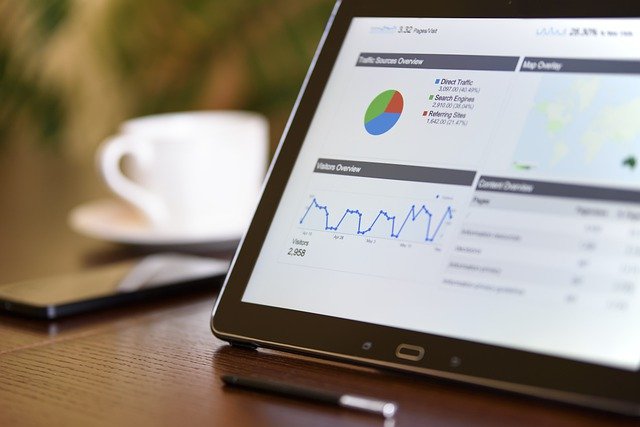Outbound vs. Inbound Marketing: Which One is Right for Small Businesses?
To grow your small business, you must invest time and money in marketing. That’s the only assumed way to get the word out about your business and meet your audience to turn them into customers. Marketing is wide and has many methods and approaches for different businesses. However, every marketing approach can be categorized as Inbound marketing or outbound marketing.
Outbound vs. Inbound Marketing
First, marketing is always all about lead generation. The methods of lead generation a business chooses to use differentiates one marketing method from another. Some businesses contact their audience or customers, while others get their customers to contact them. This is where outbound and inbound marketing comes in.
What Is Outbound Marketing?
Outbound marketing or traditional marketing involves reaching out to your audience to get in touch with your potential customers rather than waiting for them to contact you first. These are steps that try to research and discover potential customers and initiate a conversation with them by sending a message through:
- Events
- Billboards
- Radio and TV broadcasting
- Direct mail
- Cold calling
- Newspapers
In outbound marketing, consumers aren’t looking for the product/service. The intention is to interrupt their activity (watching TV, Perusing websites or newspapers) and make them aware of what you’re offering and why they should buy. While outbound marketing is considered traditional, it’s also applied to more modern marketing technology, such as pay-per-click ads and spam emails.
What Is Inbound Marketing?
Inbound marketing, or digital marketing, involves getting your potential customers to reach out or contact you. In outbound marketing, you target your potential customers and make them reach out to you rather than going to the audience. This involves earning the attention of your ideal customer organically.
Inbound marketing involves producing content that positions your brand before the relevant consumers, allowing them to discover you when researching a solution. These can be through:
- Blog content
- Social media marketing
- Informative articles
- Email marketing
- Referrals
- Search engine optimization (SEO)
- Video content and demos
- Live videos
- Guidebooks
- Pay-per-click ads and other digital ads
- Other digital (online) marketing content
In inbound marketing, the customer researches the solution, sees what you offer, then takes steps to reach out to you for the solution. You encourage the customer to read your content, click on a link, call you, or use any other way to contact you instead of you going to them. Inbound marketing is ideal today because 70% of customers start their purchasing journey online, positioning your product/service to the best prospects and researching a solution.
Outbound Marketing vs. Inbound Marketing: Which is Better?
Before inbound marketing, marketers relied on traditional outbound marketing methods for lead generation. It was better at that time than it is now because it reaches a wider audience for brand awareness. However, inbound marketing is targeted marketing, reaching your best prospects who have started their purchase journey and encouraging them to reach out to you. Inbound positions your business/solution to be found by customers looking rather than focusing your marketing message on people who may or may not be interested.
Endnote
As a small business, you need to be prompt with your lead generation tactics. The difference in outbound and inbound marketing is straightforward. Inbound marketing aligns your business with the buyer’s journey and helps you target prospects who’ve started their journey through research.

